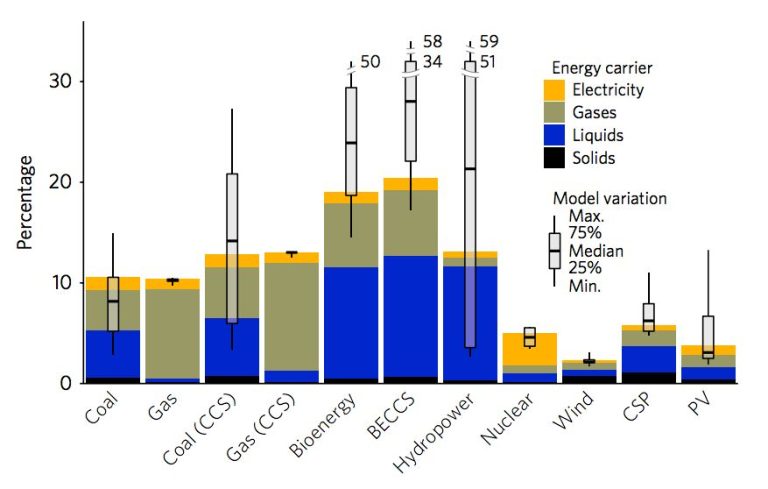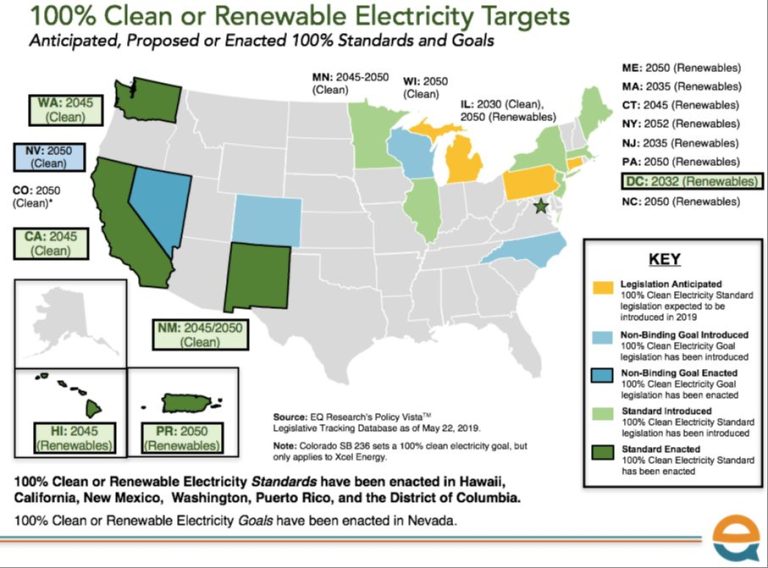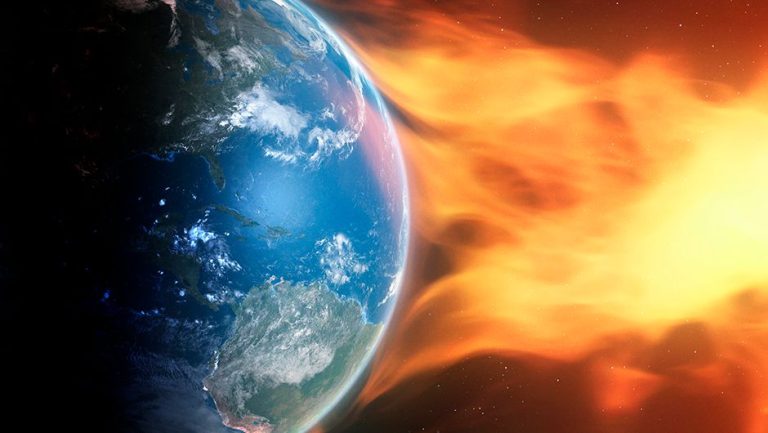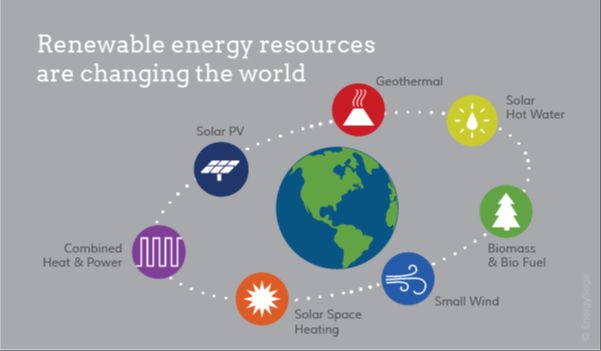How Much Longer Will The Solar System Last?
The formation and lifespan of our solar system is a fascinating topic for astronomers and space enthusiasts. Our solar system has existed for billions of years, but how much longer can it continue before reaching its end? This article will examine the current scientific understanding of the lifespans of our sun, planets, and other solar system bodies to estimate the remaining lifespan of the solar system as a whole.
Key questions this article will address include: How long has the solar system existed already? What factors determine the lifespans of stars like our sun? How long do planets and other solar system bodies last? What will eventually cause the solar system to end? When might we expect the solar system to cease functioning?
Studying the lifespan of our solar system gives us insight into the past, present and future of our cosmic neighborhood. It also allows us to better understand the evolution of planetary systems in general. While the end is inevitable, we still have an extraordinarily long time left to appreciate the wonders of the place we call home.
Formation of the Solar System
The Solar System formed about 4.6 billion years ago from a giant molecular cloud that collapsed under its own gravity. As the cloud collapsed, conservation of angular momentum caused it to rotate, forming a spinning disk of dust and gas. At the center, the pressure and density became high enough to ignite nuclear fusion, forming the Sun. Meanwhile, dust and gas in the disk collided and stuck together through accretion, forming ever larger bodies called planetesimals. Over millions of years, the planetesimals collided and combined to form the planets, moons, asteroids and other objects in the Solar System.
According to Wikipedia, “The formation of the Solar System began about 4.6 billion years ago with the gravitational collapse of a small part of a giant molecular cloud.” [1] The initial composition of the Solar System was about 98% hydrogen and helium, with the remaining 2% consisting of heavier elements created by previous generations of stars.
The Sun’s Lifespan
The Sun is currently in the main sequence stage of its evolution, converting hydrogen into helium in its core through nuclear fusion. This phase began 4.6 billion years ago and is estimated to last approximately 10 billion years in total (https://study.com/learn/lesson/sun-age-life-overview-examples.html).
After the hydrogen fuel in the core is exhausted, the Sun will begin fusing helium and expand into a red giant star. As a red giant, the Sun’s outer layers will swell outwards over 100 times its current size. This expansion will likely engulf Mercury, Venus, and perhaps even Earth.
The Sun is estimated to have enough hydrogen fuel to continue burning in the main sequence for another 4-5 billion years (https://medium.com/our-space/could-we-prolong-the-life-of-our-sun-b38fc935b6e7). After that, it will spend about 1 billion years as a red giant before cooling and shrinking down to become a white dwarf that will slowly fade over many trillions of years.
Planet Lifespans
Planets can potentially remain intact for billions of years. According to one source, the planets in our solar system have been around for billions of years already and are expected to remain for billions more. (Source) However, there are various factors that can cause changes to planets over time.
One major factor is the evolution of the host star. As stars like our Sun age, they grow brighter and hotter, eventually expanding into red giants. This expansion can potentially engulf inner planets like Mercury and Venus, dramatically changing or destroying them. However, more distant planets like Earth may escape this fate and survive longer.
Another factor is asteroid and comet impacts. Smaller impacts can cause erosion and alteration of a planet’s surface. Larger impacts can be catastrophic, potentially disrupting a planet’s composition or even blasting away its atmosphere. For example, Mars may have once had a thicker atmosphere that was stripped away by impacts.
A planet’s internal geologic activity can also cause changes over time. Volcanism, tectonic shifts, and erosion all gradually alter a planet’s surface and interior. For gas giants like Jupiter and Saturn, internal heat drives their storm systems and atmospheric changes.
While planets may remain recognizable for billions of years, their surfaces, atmospheres, and even internal structures slowly evolve due to both internal and external factors. With the right conditions, some planets like Earth can remain habitable for life during this extended lifespan.
Dwarf Planets and Moons
Dwarf planets like Pluto, Eris, and Ceres have much shorter lifespans than the major planets in our solar system. That’s because they are smaller and have weaker gravity, so they lose their atmospheres and become geologically dead sooner (source). Models suggest Pluto may remain geologically active for up to 2 billion more years, while Ceres may remain active for up to 4 billion more years.
The moons of the giant planets like Jupiter and Saturn are expected to remain stable for the lifetime of the solar system. Many of these moons contain subsurface oceans that could potentially support life. However, moons too close to their planet are likely to spiral into the planet or be torn apart well before the Sun dies (source). More distant moons like Jupiter’s Callisto and Saturn’s Titan have the best chance of maintaining habitable conditions in their subsurface oceans for billions of years to come.
Asteroid Belt
The asteroid belt is a region of space between the orbits of Mars and Jupiter where most asteroids in our solar system are found. It contains millions of rocky bodies and dwarf planets, the largest being Ceres at almost 1,000 km in diameter. The total mass of objects in the main asteroid belt is estimated to be 2.8–3.2×1021 kg, which is equivalent to about 4% of the mass of the Moon.
The asteroid belt likely formed early in the solar system’s history from the primordial disk of gas and dust that surrounded the Sun. As the gas giants like Jupiter formed, their strong gravitational forces prevented planetesimals in the belt from accreting into larger planets. Most objects in the belt today are thought to be remnants of the original population. Collisions over billions of years have broken many asteroids down into smaller fragments.
The composition of asteroids varies, but most are made of rock, some also contain metals like iron and nickel. Their chemical makeup gives clues about conditions in the early solar system. Core samples from asteroids could provide key insights into how our solar system evolved.
While the asteroid belt is relatively stable over long periods, asteroid orbits do slowly change over time. Individual objects occasionally get pushed into unstable orbits leading to collisions or ejection from the belt. Some migrate closer to the Sun and become Near Earth Asteroids. Overall the belt will likely continue evolving gradually over billions of years as the Sun expands and exerts a stronger gravitational influence.
Studying the asteroid belt gives us a glimpse into the history of our solar system. Tracking the lifespans and orbits of asteroids also allows us to better predict potential impacts on Earth. With more research, asteroids could one day even provide resources for space exploration and colonization.
Comets
Comets are small, icy objects that orbit the Sun. They originate from the Oort cloud, a giant sphere of icy objects surrounding our solar system. As they get closer to the Sun in their orbits, the ice on comets begins to vaporize and forms an atmosphere or coma and sometimes a tail around the comet. Comets can have highly elliptical orbits that take them from the outer reaches of our solar system all the way into the inner solar system near the Sun and planets
The composition of comets is a mixture of ices such as water, carbon dioxide, ammonia and methane along with rocky dust particles. Their nuclei or cores range in size from a few hundred meters to tens of kilometers across.
It’s difficult to definitively determine the lifespan of comets, but they are generally believed to survive for millions or even billions of years. Each pass near the Sun causes some of their icy material to vaporize and be lost, so a comet loses mass with every orbit. Short-period comets that pass near the Sun more frequently tend to have shorter lifespans. Halley’s Comet, which orbits the Sun once every 75-76 years, may only have a few thousand more orbits left before it runs out of volatile material and can no longer form a tail [1]. Long-period comets with orbits lasting thousands of years likely have much longer overall lifespans.
In conclusion, while the exact lifespan of a comet depends on many factors, they likely persist for at least several million years in most cases before finally dissipating.
Outer Solar System
The outer solar system consists of the Kuiper belt and Oort cloud, containing asteroids, comets, and other small objects beyond the orbit of Neptune. Over billions of years, these regions have also undergone changes and disruption.
The Kuiper belt, located between 30 and 50 astronomical units from the Sun, contains dwarf planets like Pluto as well as comets with orbital periods less than 200 years. Models suggest the Kuiper belt was much more dense and compact early in the solar system’s history. Collisions and interactions between objects have dispersed the belt over time into a more sparse distribution of objects today (Solar System Quick).
Beyond the Kuiper belt lies the Oort cloud, a hypothesized spherical distribution of trillions of comets extending out to 50,000-200,000 AU from the Sun. While the Oort cloud has not been directly observed, models suggest it formed as objects were ejected outward early in the solar system’s history. Comets originating from the Oort cloud like Hale-Bopp have extremely long orbital periods over 200 years (Wikipedia).
Over billions of years, the orbits of Kuiper belt and Oort cloud objects have been disrupted by gravitational interactions with planets, collisions between objects, and even the gravitational influence of passing stars. This continual disruption and evolution of the outer solar system regions will likely continue over their remaining lifespan along with the rest of the solar system.
The Distant Future
Billions of years from now, the Solar System will undergo dramatic changes. As the Sun ages and burns through its hydrogen fuel, it will expand into a red giant star. In the process, it will likely engulf Mercury, Venus, and even Earth. Eventually, the Sun will shed its outer layers, leaving behind a white dwarf star. This will take around 10 billion years from now.
Over an even longer timescale, the orbits of the planets will change as well. One theory predicts that gravitational interactions with the Milky Way galaxy will cause the outer planets like Neptune to be ejected from the Solar System altogether after around 100 billion years. Other models suggest the orbits of the 4 gas giants may become unstable, leading to collisions or ejections over trillions of years.
In the very far future, perhaps 1019 to 1020 years from now, the remaining planets may be disrupted as the Sun passes near other stars in the evolving Milky Way galaxy. Some models show encounters with other stars could eject planets from the Solar System or sweep away the Oort cloud over these extremely long timeframes. The ultimate fate of the Solar System depends on how the orbits evolve and interact with other stars and forces acting within our galaxy.
While the details are still debated, it is clear the Solar System will look dramatically different in the far future. Over many billions to trillions of years, the planets will change orbits or be ejected entirely as the Sun becomes a white dwarf. Our cosmic neighborhood is dynamic and ever-changing over cosmological timescales.
Conclusions
In summary, astronomers have determined that the lifespan of our solar system is on the order of tens of billions of years. The Sun, being the dominant gravitational force in our solar system, will be the primary driver of when things change dramatically. Current models predict the Sun will become a red giant in about 5 billion years, which will likely engulf the inner rocky planets Mercury, Venus, Earth and Mars. The gas giant planets like Jupiter and Saturn will survive longer as the Sun loses mass, but may undergo orbital changes. Dwarf planets, moons, asteroids and comets will also persist far longer than the major planets.
While we have a general sense of the solar system’s fate, many questions remain unanswered. We do not have precise lifespans for each planet and object. The complexity of gravitational forces over billions of years makes predictions difficult. The Sun’s expansion and mass loss as a red giant is also not perfectly understood. Minor bodies like asteroids and comets could drastically change orbits from close passes of objects. There are likely complex dynamics between the gas giants that could affect the outer solar system in ways we cannot foresee. Our knowledge is also limited to the planets and objects we currently know about – discoveries of new dwarf planets or changes to orbital bodies would alter models.
With continued research and improved models, astronomers will refine the expected lifespan of the solar system and its components. But we can say with confidence that our tiny part of the universe has many billions of years remaining, even as the planets themselves undergo drastic changes.





